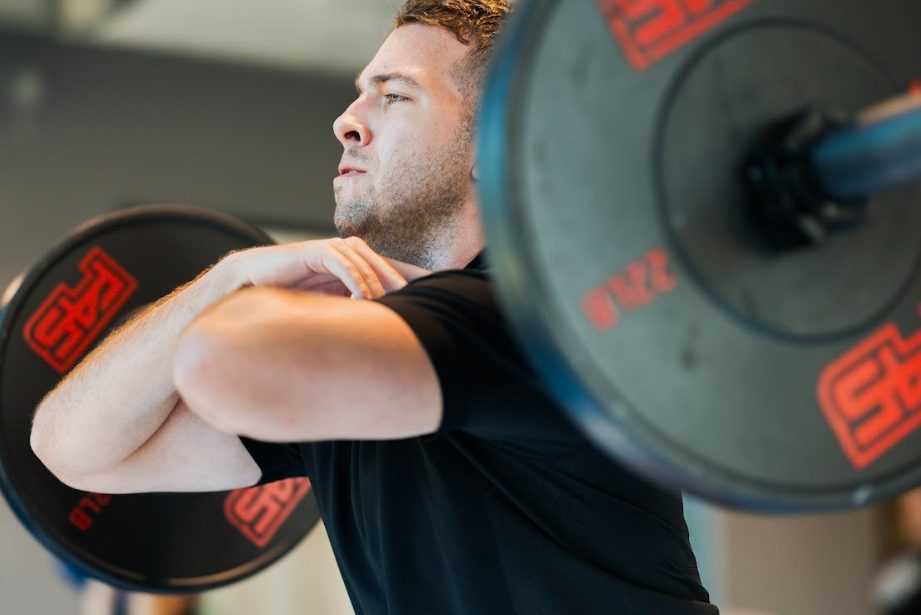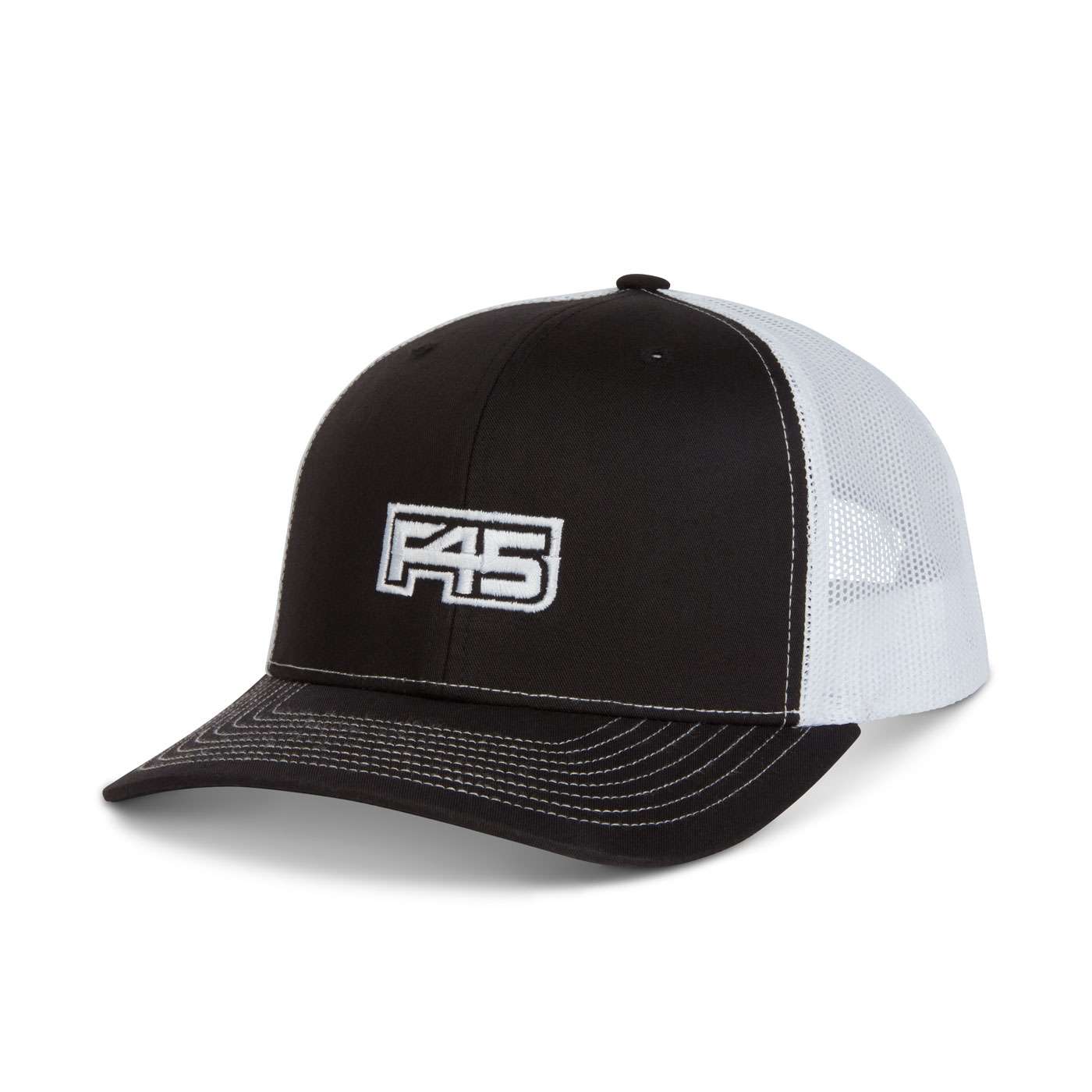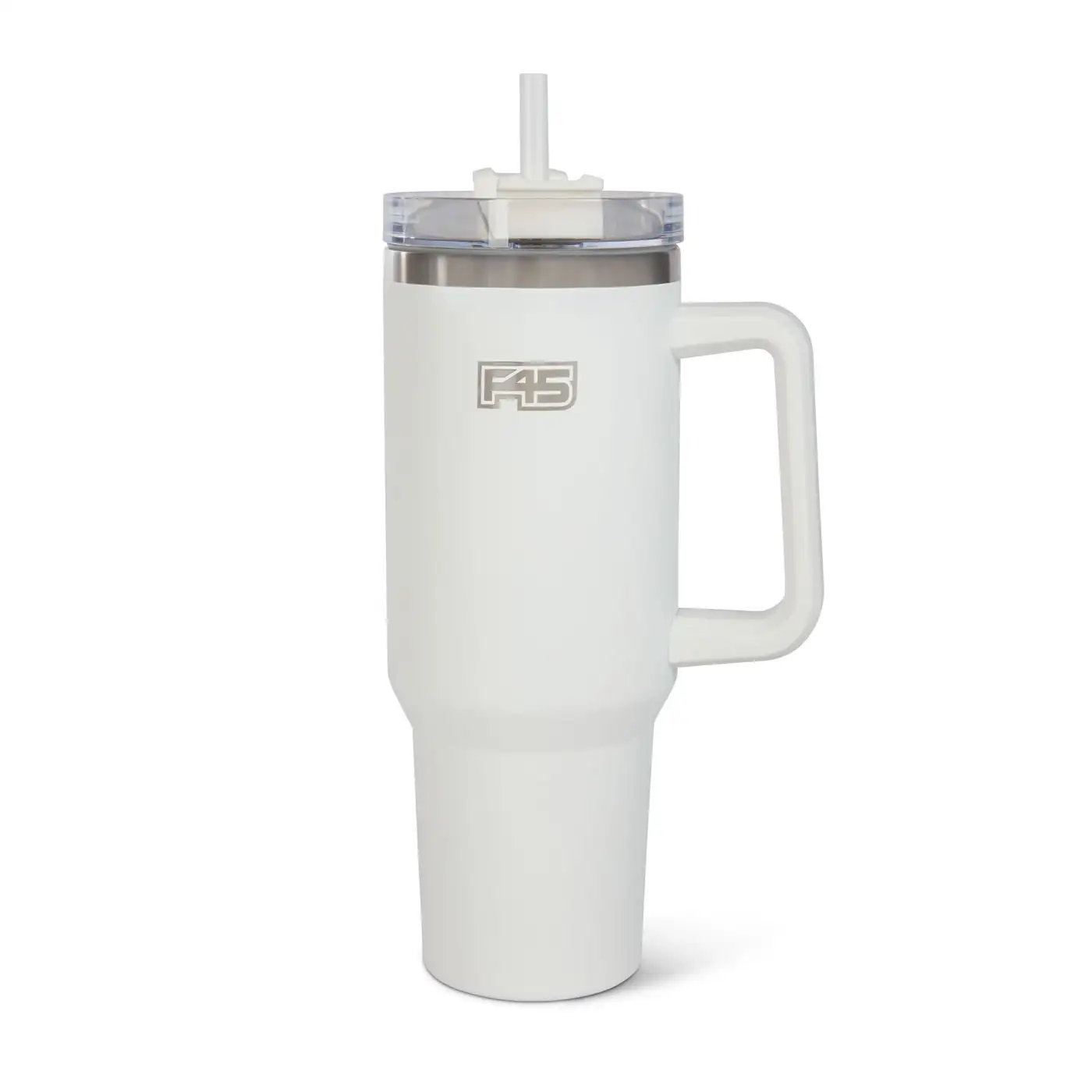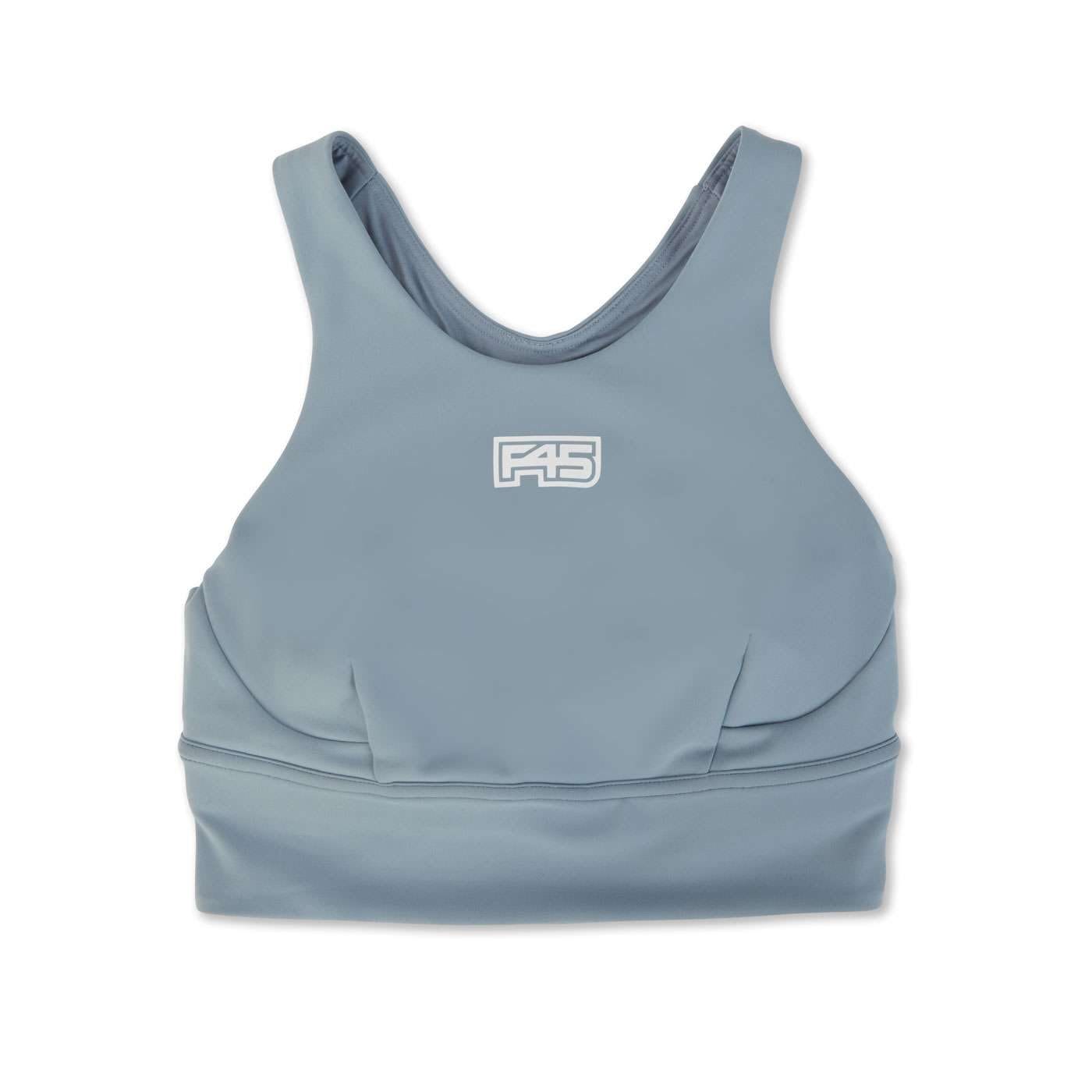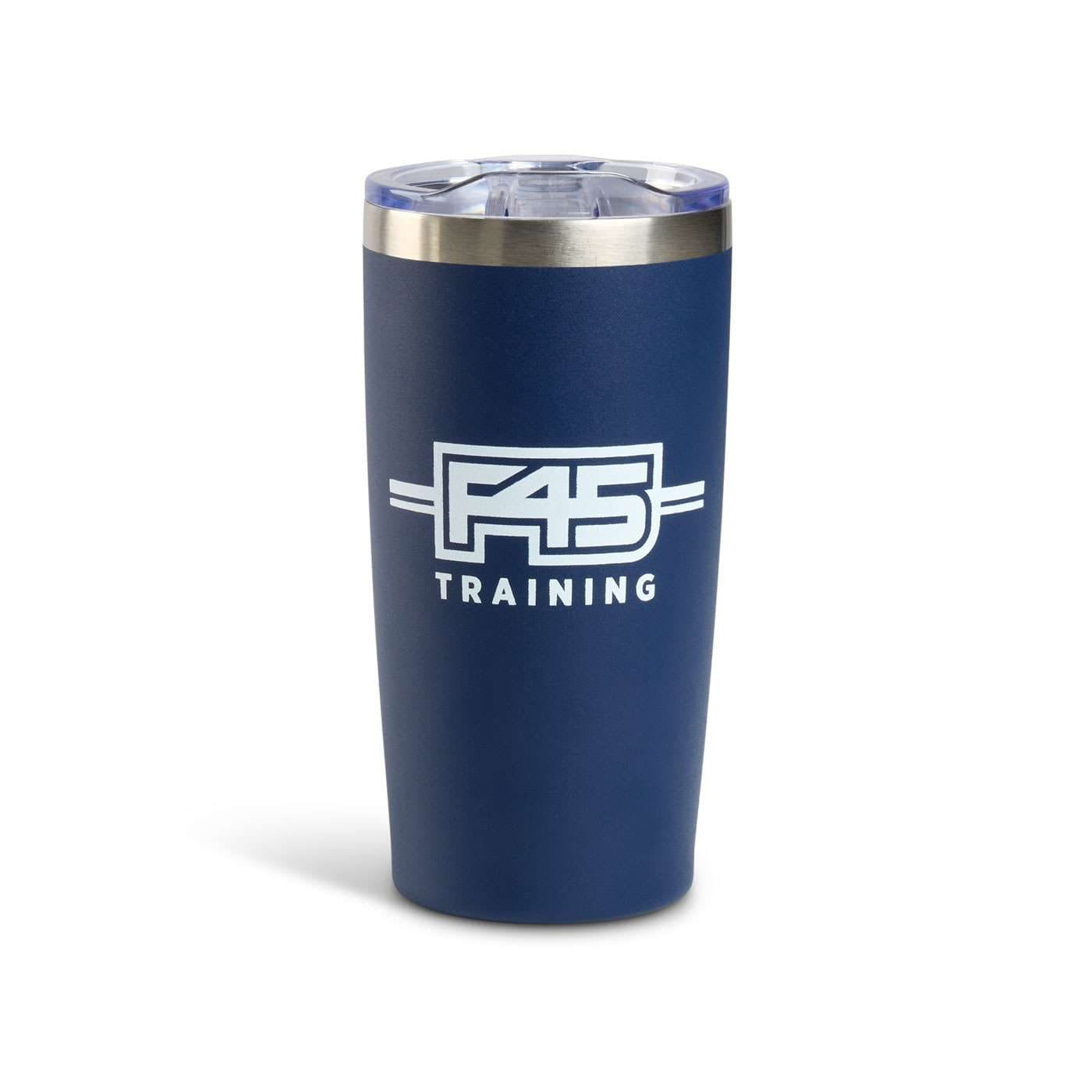When it comes to shedding fat for good, understanding the principles of energy balance is key. Why? Because when you’re in a negative energy balance, you are burning more calories than you consume on a daily basis. This is the path to shedding fat. It might seem simple, eat less and exercise more, and in most cases, that’s the way to go. That being said, one key factor is often overlooked: if you consistently lower your energy intake below your BMR while also training heavily, weight loss will often slow and become more difficult. Why? Because not enough nutrient-dense fuel is being consumed to provide the body with what it needs to function.
When you’re not getting enough nutrients, your mood, hormones and energy levels are affected. Sure, your short-term success might seem to justify mood swings and a lack of energy, but it can often lead to a rebound effect of overeating and overexercising to compensate. Then, you end up back at square one.
To give your body the nutrition it needs, first calculate your energy. This is your basal metabolic rate (BMR) and total daily energy expenditure (TDEE). For an estimated weight loss of 0.5kg – 1kg per week, a reduction of 500-1000 calories per day from the TDEE has been shown to be effective. Within this space, deliberate and planned food choices are essential for sustainable nutrient distribution throughout the day.
Bottom line: it’s time to start planning your meals with the nutrients your body needs to thrive.
Fiber: A game changer found in whole-grain foods, fruits, vegetables, nuts and seeds, fiber helps you feel fuller longer with slow-release energy to patch up hunger levels in an energy deficit. Include fiber-filled foods at each meal. Fibrous foods are also jam-packed with other micronutrients, such as vitamins and minerals, which support and amplify many metabolic processes associated with performance and recovery.
Lean protein sources: Leaner cuts of animal protein sources contain less fat, meaning you can eat the same quantity of food with less calories coming from fat. In some cases, using protein powders can also be a helpful way to increase protein intake without increasing calories too much. Protein-rich foods should be consumed at all main meals and snacks, and can either be plant-based sources, including legumes, nuts and tofu, or animal sources, including meat, fish, poultry, dairy products and eggs.
Healthy fats: Unsaturated fats like nuts, olive oil and oily fish help keep you full and give your body fat-soluble vitamins. Although they carry many health benefits, small portions are advised to prevent excess energy.
Carbohydrates are not your enemy—they fuel your body and brain. On training days, your carb intake should be higher than non-training days. This will ensure your body is burning enough fuel during workouts, and allows your body to burn fat reserves on rest days. Choosing to eat carbs around training sessions is ideal for best timing of intake and improvement to body composition.
So, eat up! With these tools in practice, you’ll set your body up to achieve your goals every day.
